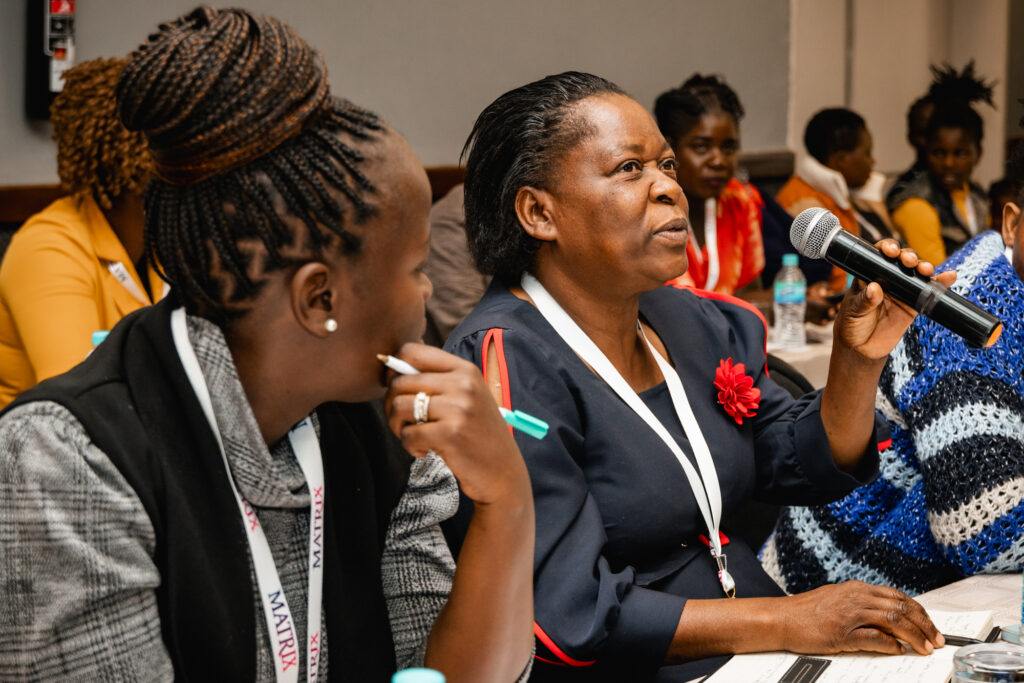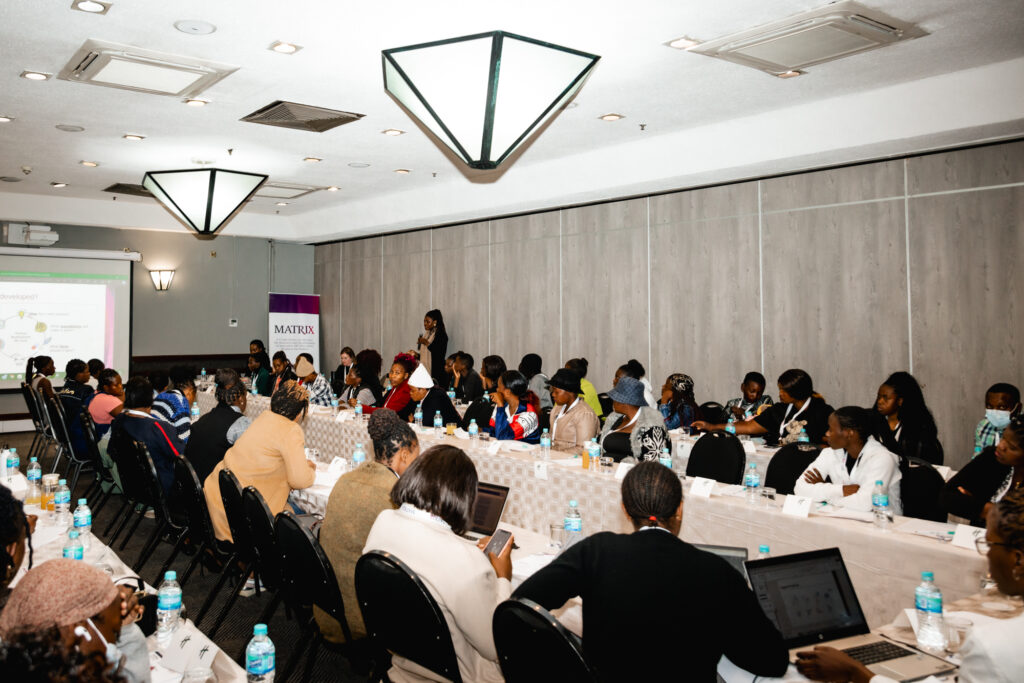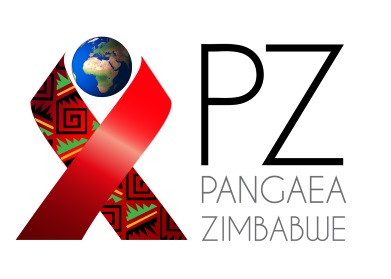
PROJECT OVERVIEW
Microbicide Research and Development to Advance HIV Prevention Technologies through Responsive Innovation and eXcellence (MATRIX)
The MATRIX project is a five-year (2021–2026) project funded by the U.S. President’s Emergency Plan for AIDS Relief (PEPFAR) through the U.S. Agency for International Development (USAID). It is a consortium of 20 organizations and product developers working together to inform and accelerate early R&D for new HIV products by providing an innovative ecosystem in which early-stage HIV technologies can be advanced. The investigators and partners in the United States and the global South are experts in product development, clinical trials, social and behavioural research and market and business case development.



Main objective
To develop a range of acceptable, affordable, scalable, and deliverable products to meet the unmet needs of women at risk of HIV.
Aims of the project
- The project has 5 hubs responsible for the different activities. Pangaea Zimbabwe (PZ) is in the Design to Delivery Hub (D2D) which is the MATRIX collaborative’s consultative working group for coordinated engagement of a range of end-users, service providers, key influencers and other local partners who can provide insight into the uptake, roll-out and acceptability of different HIV prevention options.
- Specifically, PZ is in the End-user acceptability, D2D Pillar 1, which includes 3 global South countries namely Kenya (KEMRI), South Africa (Wits RHI and CAPRISA), and Zimbabwe (PZ), and one global North partner, FHI 360, based in the United States.
- The Pillar 1 goal is to generate and collate insights on the acceptability of and preference for HIV prevention products from end-users including women in communities with high HIV rates,key influencers such as male partners, health care providers and community leaders.
- Project activities intend to generate rapid feedback about different products and product classes about their acceptability of different attributes and overall interest in using these products to use product-specific decisions related to target product profiles and to identify research and development needs and priorities.
Scope of work
I. Participatory Engagements
- Engagement with potential women end-users and key influencers including male partners to understand their values, preferences, and use contexts that could affect demand, uptake, and use of new HIV prevention products in development through MATRIX.
- Engagement with health care providers (HCP) from a broad range of service delivery settings through which current and future sexual and reproductive health products can be delivered.
II. Market Segmentation Surveys
Engagement with diverse women through surveys to gain deeper understanding of end-user acceptability of and preferences for different classes (on demand, monthly and longer acting) of HIV prevention products.
III. Rapid Response Network
- Engagement with broad stakeholders including women end-users, health care providers, male partners with the intention to establish and maintain a database which forms a “consumer panel” to provide feedback on the MATRIX new HIV prevention technologies.
- The database members are segmented and receive tailored quick polls in line with their different subgroups. A bulk messaging platform is used to conduct polls via SMS and WhatsApp to conduct these polls.
IV. Data interpretation and utilization workshop
Sharing the synthesized findings from earlier engagements and to help identify gaps and shape future activities.
V. Cross-pillar collaboration
- The D2D cross-pillar team conducted a MATRIX D2D HIV prevention landscape analysis.
- The team set out to conduct a systematic review of the acceptability and preference for biomedical HIV prevention among women in sub-Saharan Africa to inform the development of novel products.
Target population
- Women in their diversity including adolescent girls and young women (AGYW), pregnant and breastfeeding women (PBFW), women in stable relationships (SMW) including marriage, female sex workers (FSW) from urban and rural areas.
- Health care providers from public and private sectors, in rural and urban settings including nurses, doctors, and pharmacists.
- Broad spectrum of other stakeholders including key influencers like male partners from rural and urban areas.
Geographical areas
- Bulawayo
- Chitungwiza
- Harare
- Mazowe
- Plumtree
Results
I. Participatory Engagements End users
- Three engagements have been conducted with each of the four women sub-groups to elicit their feedback on five new dual purpose (HIV and pregnancy) prevention products. 118 women participated.
- The women were stratified by age and risk profile whilst recognizing that women have multiple intersecting characteristics and that the groups would not be mutually exclusive.
- Some cross product key findings included: o Substantial interest in dual prevention products due to convenience, cost-saving and low burden on the user. o Appreciation of both ARV- and non-ARV and hormonal- and non-hormonal based products o Discretion remains a highly desired product feature
.
Health Care Providers
- One workshop has been conducted where HCP understanding of and perceived values and preferences for novel HIV prevention products being developed through MATRIX were explored.
- 27 HCP attended, consisting of 20 nurses, 4 pharmacists, 3 doctors
- To recruit participants for the workshop, we conducted roadshows where we visited two health facilities (an urban clinic and a district hospital), and a private hospital, to showcase the MATRIX products and extend workshop invitations to interested HCPs.
II. Market Segmentation Survey
- Women participants were recruited, aged 18 – 45 years from both rural and urban areas from a wide range of socio-economic backgrounds to participate in an interviewer administered tablet-based survey. 518 women participated.
- Some cross product findings included: Some women were enthusiastic about some products and rejected other products
III. Rapid Response Network
- Three quick polls have been conducted to date with potential women end-users. 621 women participated.
- The polls explored -o colour combination preferences for a dual-purpose vaginal ring
-packaging preference for a fast-dissolving vaginal insert o acceptability of a dual-purpose product that could cause menstrual changes
IV. Data dissemination interpretation and utilisation
- Conducted the first D2IU session with potential end-users of MATRIX products and healthcare providers.
- 46 women and 7 health care providers participated and were drawn from previous project activities.
- Some feedback included: o Women prefer products that are discreet with minimal side effects. o Products that could potentially be offered over the counter were interesting because women could avoid visiting public facilities and that would lessen health care provider burden.
V. HIV prevention landscape analysis
- A manuscript was developed to disseminate the landscape analysis results and it was published in the AIDS and Behavior journal. Three PZ MATRIX staff are co-authors, with one being the lead author. read more…
